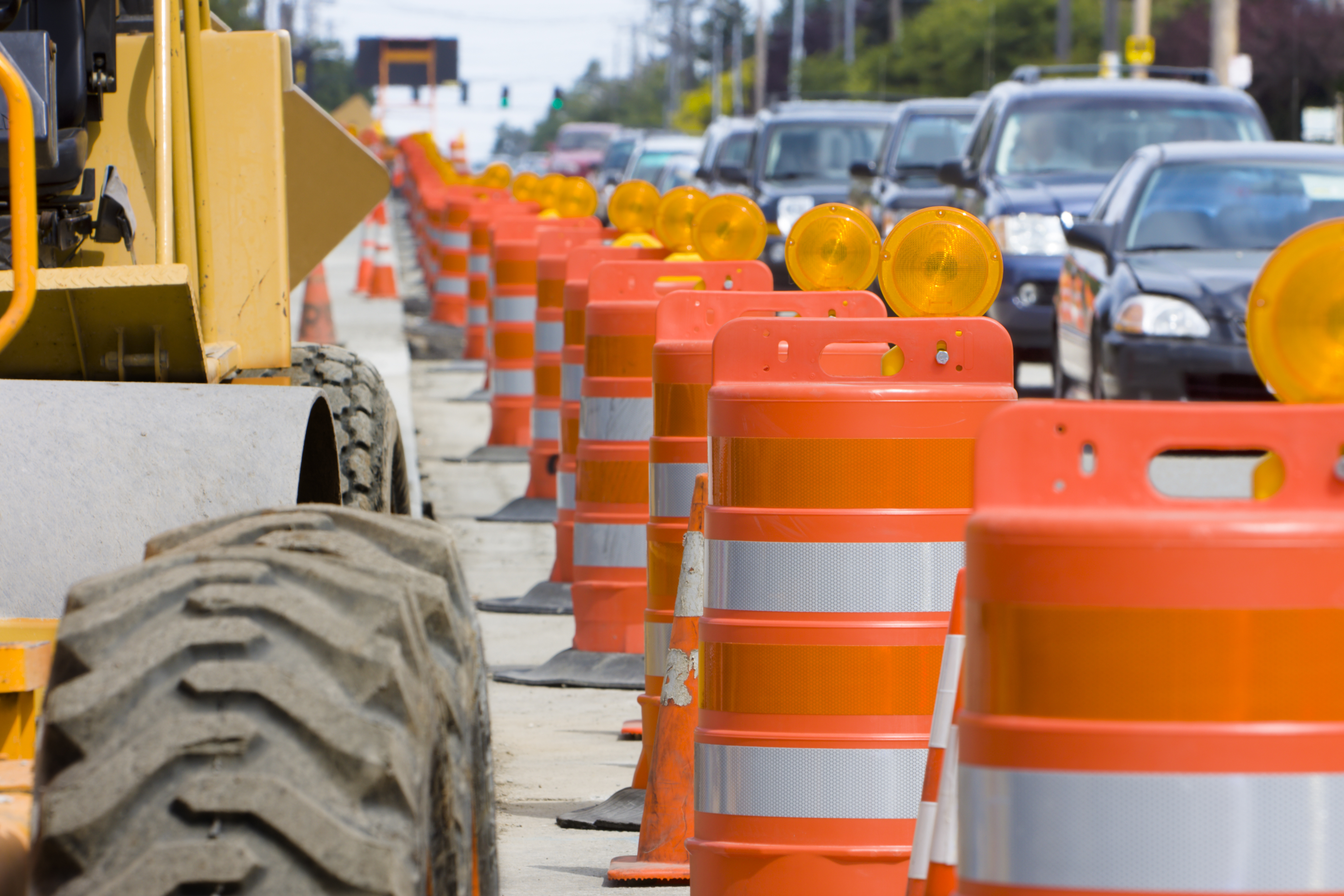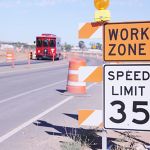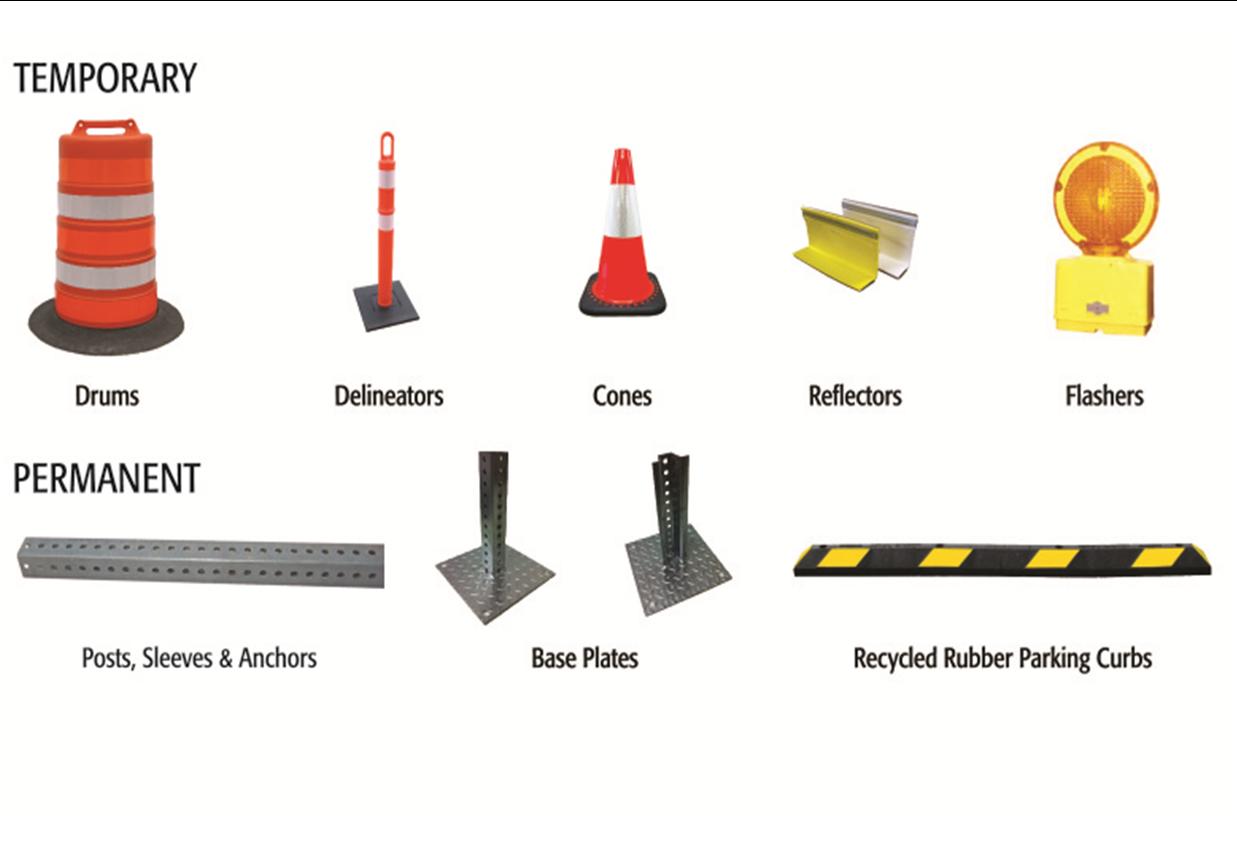Undoubtably, highway traffic congestion is at an all-time high while simultaneously being flooded with roadwork construction, particularly at night. This combination creates a greater safety risk for both highway contractors and motorists. Although work zones are necessary in maintaining and upgrading our roads, the change in traffic patterns, narrowed lanes and other unusual activity on the roadside can result in accidents, injuries, and fatalities. To reduce these instances from occurring, it is vital to carve out sufficient time and effort for planning, designing, and implementing safer, more efficient temporary traffic control (TTC) devices.
While driving through work zones, it is best to remain patient and be courteous to other drivers in the event of road delays and congestion. Awareness of construction zone signs and traffic control devices as well as speed reductions before approaching the work zone can significantly reduce the likelihood of an accident. Maintain a safe distance from other vehicles and other barricades, especially when lanes narrow. Stay calm and alert, while limiting all other distractions.
From the construction workers perspective, there is a great risk of injuries and fatalities, however, there are regulations and best practices that can help workers perform their jobs safely. The U.S. Department of Transportation Federal Highway Administration’s Manual on Uniform Traffic Control Devices (MUTCD) provides the following guidance and recommendations for workers safety:
- Training—all workers should be trained on how to work next to motor vehicle traffic in a way that minimizes their vulnerability. Workers having specific TTC responsibilities should be trained in TTC techniques, device usage, and placement.
- Temporary Traffic Barriers—temporary traffic barriers should be placed along the workspace depending on factors such as lateral clearance of workers from adjacent traffic, speed of traffic, duration and type of operations, time of day, and volume of traffic.
- Speed Reduction—reducing the speed of vehicular traffic, mainly through regulatory speed zoning, funneling, lane reduction, or the use of uniformed law enforcement officers or flaggers, should be considered.
- Activity Area—planning the internal temporary traffic control location and layout to minimize backing-up maneuvers of construction vehicles should be considered to minimize the exposure to risk.
- Worker Safety Planning—a trained person designated by the employer should conduct a basic hazard assessment for the worksite and job classifications required in the activity area. This safety professional should determine whether engineering, administrative, or personal protection measures should be implemented.
Additional elements to improve worker safety include wearing highly visible safety apparel, lane and road closures, law enforcement use, lighting for nighttime work and warning devices to alert road users and workers of potential hazards.
Highway work zone construction accidents can become complicated to analyze. Both the actions taken by the driver as well as the layout and design of the activity zone can play a role in an accident and will be analyzed during a CED investigation. It is beneficial to hire an engineering expert with knowledge and experience to interpret, investigate, and provide clarity on your situation. CED’s team of engineers consist of different backgrounds and expertise ensuring an in-depth analysis of every aspect and detail of a complex accident.






